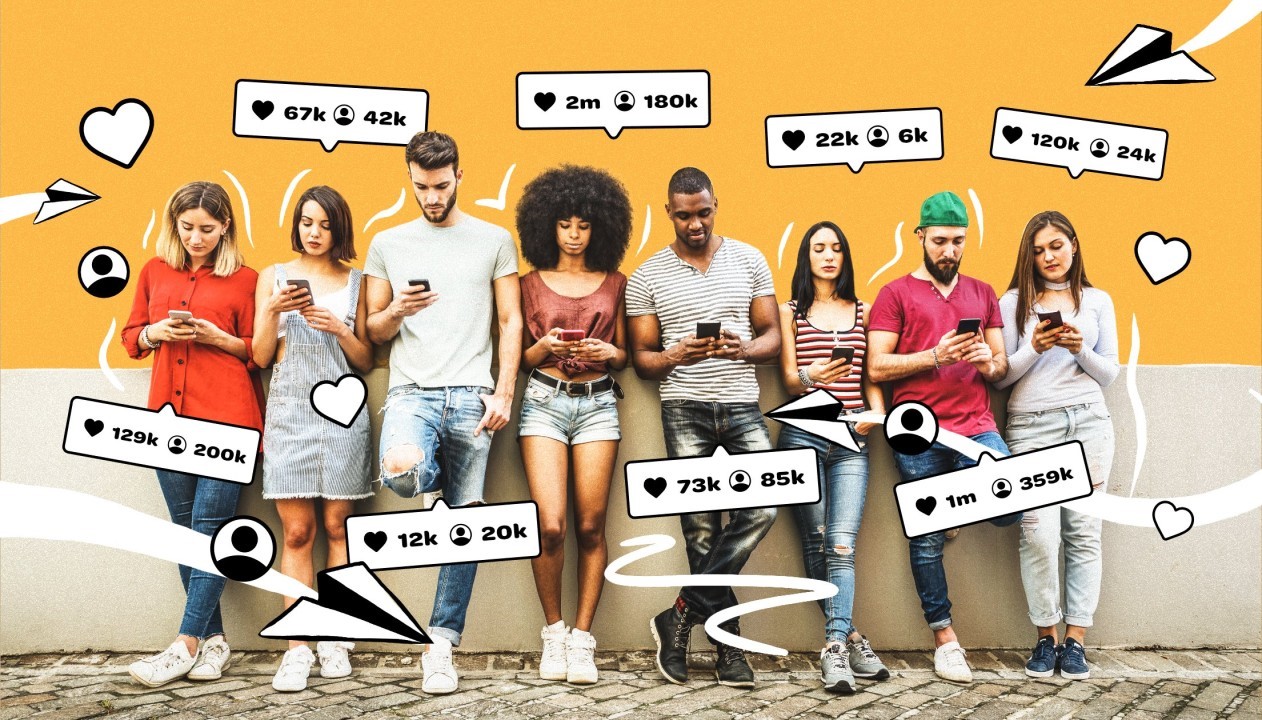The United States consumption index is up by 5% this year. This means people are spending at least 5% more on buying things this year compared to last year.
So, what does that mean for you as a business owner or a sales rep?
Simply put: you should ideally witness a rise of at least 5% in revenue and sales in 2025.
But this isn’t all that easy…while marketing budgets are forecasted to rise by 9%, most of this money will go to generating brand awareness!
And gone are the days when awareness translated into sales on a 1:1 basis…
Thankfully, there’s another player that has recently entered the marketing playground, and could be your perfect solution to improving sales numbers.
Its name? Experiential marketing!
In this blog, we’re going to discuss the A-Z of experiential marketing. From what it is to how you can go about implementing it, we’ve made you a complete guide to experience-powered sales.
Dive in to see how it works!
Experiential Marketing: Table of Contents
- What is Experiential Marketing?
- The Best Experiential Marketing Tactics in 2025
- Why Should You Adopt Experiential Marketing?
- How Can You Implement Experiential Marketing in 2025?
- Brainstorm Your Experiential Marketing Strategy with Lean Summits
- Experiential Marketing: FAQs
What is Experiential Marketing?
If you’ve ever bought a car in your lifetime, you already know the basics of experiential marketing.
What is the one thing that all car salespersons do? Well, they do slap the roof of the car with a cool fact about how many people it can fit, but what’s the other thing they do?
They offer us a test drive!
Well, experiential marketing is all about offering the client or the customer a chance to test your product before you try to sell it to them. But that’s not all…the idea is to make the test drive for your product so memorable that it exponentially increases the chance of the client purchasing your solution.
It’s a bit like the saying, “Experience is the best teacher…it first takes a test and then gives a lesson.” Well, in our world, experience is the best salesperson. Experiential marketing first lets the user try a product and then sells it to them.
Your goal should be to make the test the best possible experience for the user.
In 2025, the global experiential marketing industry is projected to grow by 10%. So, if you don’t want to lose ground to your competitors, you need to start developing your very own experiential marketing strategy.
But what exactly does experiential marketing look like when you’re not selling a car? After all, how do you let a potential customer test a service like moving, shipping, transportation, etc.?
Don’t worry: this is where experiential marketing tactics come into play. Let’s find out how they can help you.
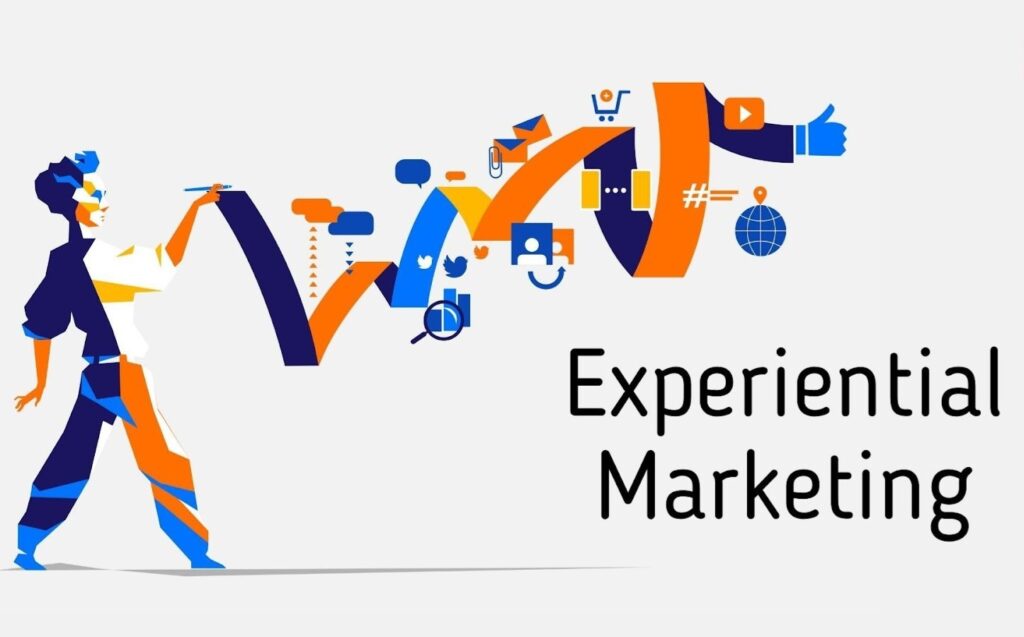
The Best Experiential Marketing Tactics in 2025
Experiential marketing has grown from organizing pop-ups and conducting guerilla marketing tactics to a full-fledged strategy with a diverse range of tactics.
Here are the best experiential marketing tactics that we’ve witnessed:
1. Video Content
2024 may have been the year of AI, but 2025 is about to be the year of Video Content.
While 95% of all marketers already include video content in their marketing strategies, a whopping 68% of those that don’t, plan to start in 2025. Soon, no marketing campaign will be complete without video content reinforcing its message.
It’s easy to see why: while most people learn visually rather than textually, a combination of audio and video is even better! It activates the sense of hearing and vision at the same time.
It’s a two-in-one experiential marketing move! But here’s the best part:
It works for all customer segments and business types. Whether it’s a senior trying to understand the process of moving to Florida or a Gen Z’er trying to find something to wear to college, video content is equally useful!
Similarly, it also works well for both B2B and D2C products or services. After all, what better way to show how your SaaS product works than through a video tutorial?
Pros of Video Content:
- Works with all generations and businesses
- Interactive, and therefore qualifies as experiential marketing
- Increasingly easier to make with AI tools
- Educates the customer through an audio-visual journey
Cons of Video Content:
- It might be difficult to make immersive video content without investment in CGI or expensive AI tools.

2. Product Testing: Online + Offline
Product testing is the OG experiential tactic of experiential marketing. In fact, this is the tactic that puts experience in experiential marketing.
We all know how it works: you offer a free trial of your product or service to let the user get used to the benefits of your solutions. In most cases, any user who is genuinely facing the pain points your product solves will end up availing of your offer.
Of course, this is not true for all solutions and all instances. Often, customers take trials from your competitors as well, to make up their minds as to which one is right for them.
And that’s okay…so long as you can differentiate your product from your competitors, you’ll end up retaining a part of those who try your product!
Pros of Product Testing:
- Works for all kinds of products, from clothes to cars.
- The ideal way to spread brand awareness and educate the customer at the same time.
- Requires no dedicated marketing campaign, it is a feature of the sales process itself.
Cons of Product Testing:
- You might have to dedicate a part of your inventory or resources to trials.
3. Customer Reviews
If you’re looking for the best ambassador for your brand, allow us to introduce you to the Brand Advocate. They talk about your product not because they’re paid to, but because they want to!
And what do you need to do to create brand advocates out of your customers?
Just one thing: offer them the best user experience without any hassle or glitches.
Now, we know what you’re thinking…a brand advocate, regardless of how passionate they are, can only speak with people 1:1, right?
Well, not if they’re leaving positive user reviews for all your potential customers to see! In our experience, the best gift a brand advocate can give you is a positive customer review.
Reviews qualify as experiential marketing because they embody an actual experience that one of your customers went through. It tells the viewers that they trusted your brand, so the viewers and readers can, too!
After all, reviews form an essential part of the sales pipeline: whether you’re buying an appliance or a SaaS solution, you’re going to hop onto Amazon or G2 to find out what people are saying about the offers you’re considering!
Our recommendation: If your users agree that they had a positive experience with your brand, offer them a small concession or discount in exchange for them posting their reviews online.
Pros of Customer Reviews:
- Cost virtually nothing.
- Stay on your website or a review site forever.
- Impacts each passing viewer who sees the review.
Cons of Customer Reviews:
- It’s entirely up to the customer to leave the review.
- Reviews can be both positive and negative.
4. User-Generated Content
User-generated content (UGC) is the next step after reviews. To put it simply, UGC is to review what “showing” is to “telling”.
And we all know the golden rule of audio-visual marketing: show, don’t tell. In the case of experiential marketing, we recommend you do both, show and tell.
And we have a simple reason for this recommendation:
- User reviews are useful for Bottom of the Funnel prospects.
- UGC works effectively for top-of-the-funnel and middle-of-the-funnel prospects.
In other words, UGC is the best way to establish your brand’s presence in your prospects’ field of vision. Whether it’s a guerilla marketing social media campaign like Stake’s or a viral tactic like Coke’s #ShareACoke, UGC is very helpful in peer-to-peer marketing.
But does UGC only work for product-driven marketing? Can it also be useful for services?
We think it’s best to illustrate this with an example: if you’re a moving company, and are struggling to come up with a mover-marketing strategy, consider asking your customers to make a Vlog of their move with your company.
All they need to do is spend some time recording:
- Their packaging process,
- Pick-up process when your driver shows up,
- And the delivery process when their goods arrive at their desired destination.
And just like that, you have a repository of User-Generated Video Content you can use to educate and attract future movers!
Pros of UGC:
- You don’t have to pay anything to generate content once your campaign is viral.
- UGC is similar to reviews but better because it’s usually in the AV format.
Cons of UGC:
- It might take you some investment before your campaign goes viral.
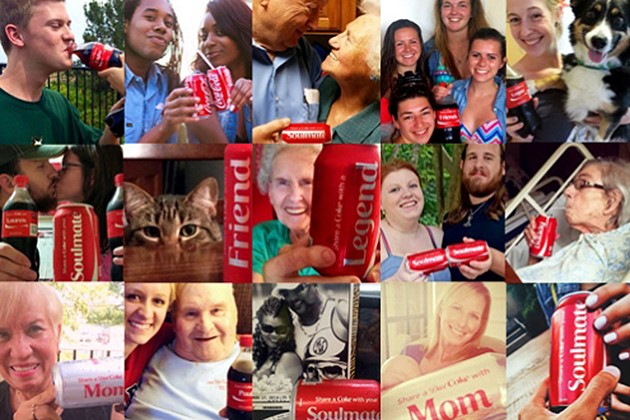
5. Social Media
The average person spends 143 minutes on social media every day. That means you have at least 143 minutes to reach them where they hang out, see what they like, and interact with their friends.
And it doesn’t matter whether you’re in the B2B or D2C segment. After all, LinkedIn, the corporate social media, is as impactful as X (FKA Twitter), TikTok or Instagram. In fact, we even urge you to consider Reddit and other similar forums as social media for the purpose of experiential marketing.
You might argue that social media is a double-edged sword. After all, negative publicity, especially on social media, could definitely harm your public image. One unanswered comment or one Tweet without a good reply, and your company could become the next viral meme.
So, is it better to just abandon social media and focus on other channels instead?
In our experience, this might not be the best approach for two reasons:
- If your ICP hangs out largely on social media, you might be missing out on a very impactful marketing channel.
- If your competitors have a social media presence, but you don’t, you could be surrendering an entire channel without any pushback!
In short, we suggest that you carefully and slowly build up a social media presence. Who knows, with the right social media management, maybe you could be the next Ryanair, the king of X (FKA Twitter) banter!

Pros of Social Media:
- Organic way of engaging with customers where they hang out.
- Access to customers while they’re scrolling through their favorite interests.
- Access to a large range of analytics you can use to create sales campaigns.
Cons of Social Media:
- If you’re not vigilant, your social media presence could backfire and harm your company.
6. Influencer Selling
In 2025, you can’t speak of social media without also speaking about influencer selling.
After all, Gen Z is entering the market with a forecasted purchasing power of $1.2 trillion! And they definitely like their products or services marketed by influencers.
Influencers are micro or nano celebrities with a cult following. And no, we’re not talking about cults that lead their members to drink blood and dance around a fire…Rather, we’re talking about cults that help their members drink energy drinks and dance with their friends at the next big club in town!
According to a survey, a surprising 69% of customers said they trusted the recommendations they received from influencers. Plus, nearly 25% of all marketers today use influencers to market their solutions.
In our experience, influencers are really good not only for spreading brand awareness but also for triggering sales!
If your favorite influencer is wearing, rocking and recommending a piece of clothing, there’s a chance that at least 10-20% of their followers will buy it! So, if an influencer has 10,000 followers, that could mean 2,000 orders for every single post! In short, influencers could offer a supplementary source of revenue to your business.
And influencers aren’t just effective for D2C sales. If you’re in the B2B segment, we recommend working with affiliates, thought leaders and industry experts to better position your products/services.
Pros of Influencer Marketing:
- Great for establishing a brand presence and cultivating a brand image.
- It can trigger immediate buying decisions.
Cons of Influencer Marketing:
- It might be initially hard to find the right influencers for your business.

Our suggestion: start building lasting relationships with influencers so that you can stand to benefit from a long-standing relationship.
7. In-Person Events
If you’ve ever seen or been a part of a pop-up sale, you know how memorable and fun they can be. So, whether you’re selling an ECG machine or an energy drink, nothing beats the in-person experience!
Besides giving you the opportunity to speak to your customers 1:1, it’s also a great way to make your customers feel that they are a part of your company’s growth journey.
If you’re selling D2C, in-person events include:
- Pop-ups
- Store openings
- Guerilla marketing campaigns
- Product launches
On the other hand, if B2B is your domain, we suggest:
- Industry conferences
- Speaking engagements
- Regular webinars
In our opinion, in-person events are critically important to experiential marketing. They allow you to control the user experience, address buying objections, and understand the needs of the customers in different settings.
Pros of In-Person Events:
- Participation from customers helps you create a strong emotional experience.
- You can control the users’ environment and emphasize the USPs of your solutions.
- You get to engage personally with your customers.
Cons of In-Person Events:
- Might not be suited to companies that exclusively operate online.
8. AR/VR Experiences
We’ve already discussed video content, so why are we mentioning AR/VR experiences separately? Well, Augmented and Virtual Reality experiences are qualitatively different from video experiences.
The key difference? The immersiveness of the experience.
While video content can convey information effectively, AR/VR experience can convince users! It might even help the users see your brand in a different light (often literally)!
But can you really use AR/VR experiences to sell products and services?
Let’s take a look at some examples of this might be possible:
- Shipping & Moving: The best way to educate customers about the security and safety of their products or household goods is to let them experience what a container looks like. This can help you convince key decision-makers of big B2B enterprises!
- Healthcare: Whether you’re selling spectacles or international healthcare tourism packages, AR/VR can help you gain the trust and confidence of potential customers.
- Sports: Clubs like Real Madrid CF are investing in AR/VR experiences for their fans so they can remotely experience the stadium atmosphere. The perfect way to get more international fans, right?
- Real Estate: Real estate may be about location, location, location, but selling real estate is all about perception, perception, perception. And AR/VR can help you offer your clients a tour of faraway properties!
And this list goes on. Whether you’re selling cars or retail goods, augmented reality allows you to drive home the USPs of your products like never before!
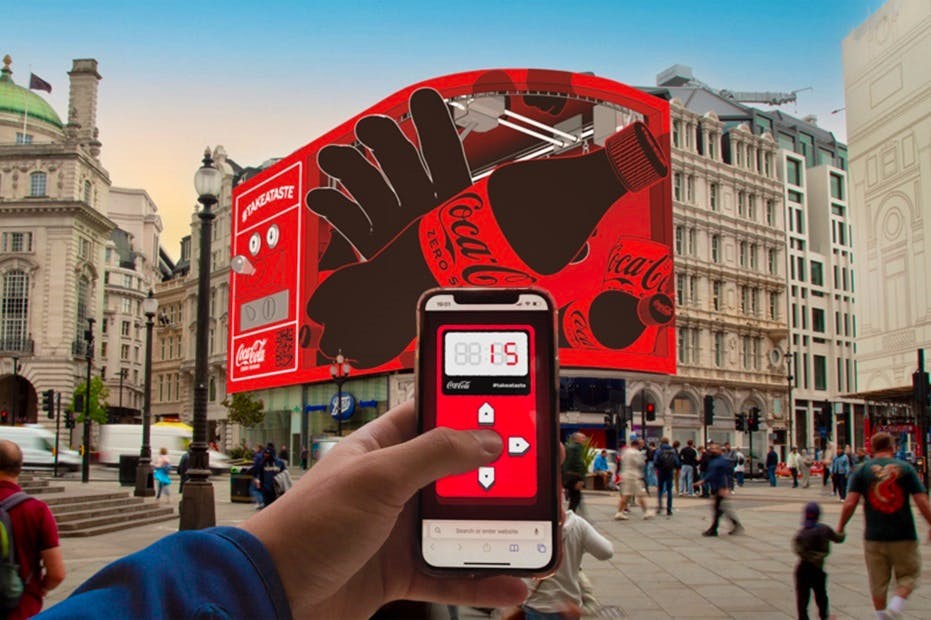
Pros of AR/VR:
- You can offer immersive, life-like experiences of your products/services.
- Ideal way of remotely reaching and educating customers.
- Offer a memorable, hyper-sensory experience.
Cons of AR/VR:
- Expensive to create, as it requires specialized software and expert developers.
- Customers need specific equipment to access AR/VR experiences.
Why Should You Adopt Experiential Marketing?
Now that we’ve explored some of the best experiential marketing tactics in 2025 let’s also take a look at the benefits of experiential marketing:
1. Emotional Connection with Customers
Today’s customers no longer respond to mere awareness. What they crave is authenticity. One reason for this is that there’s increased competition: meaning you need to differentiate your product from the competition.
After all, there are thousands of moving companies, SaaS solutions, energy drinks, and spectacle sellers. Why should they trust you over the others?
The answer to this question isn’t just rooted in the quality of your product/service or your company’s values. It’s also about how you position your product and market it to your customers.
And experiential marketing is the central tactic that can help you differentiate your product from others. It helps you include the customer in your growth journey.
It puts the customer on the same pedestal as your company, pitching your product not as a solution but as a partnership!
2. Experiences as Trigger Events
One thing about experiential marketing is that it can work both immediately and intermediately. What does this mean?
Look at it this way: a customer can place an order immediately after seeing an influencer marketing a jacket you’re selling. Or, they could attend your in-person fashion show where they try your product. Then, they could pass by your shop once or twice before finally making a purchase.
So, the best solution is to deploy a selection of tactics to create multiple triggers. Regardless of which one triggers the actual sale, they all contribute their part in making it happen!
In short, experiential marketing helps you create buying triggers for your products/services. It gives you multiple shots of pitching your product to the same customer. A free trial could at some point convert into a permanent subscription.
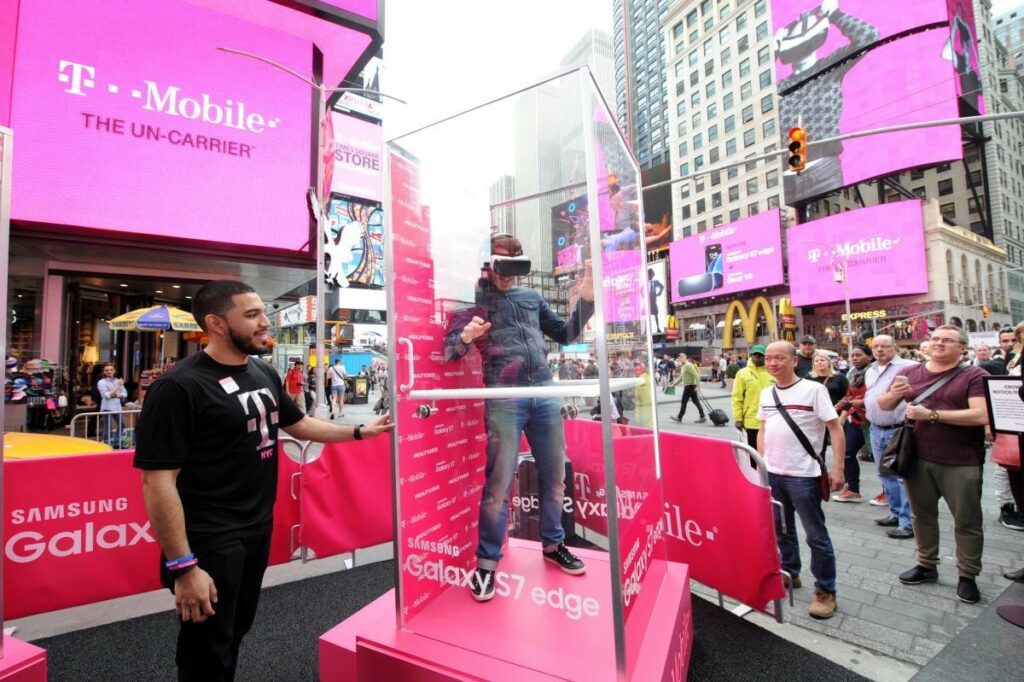
3. Customer Education + Brand Awareness
While we may look at a sale as the result of a trigger event, it might not always work that way. Often, sales cycles are a little more protracted. Customers have a need, they conduct research, and eventually pick a brand they like the most.
As you may have experienced, this process requires TOFU, MOFU and BOFU efforts, each suited to channeling the customer to the next part of the buying journey.
In our experience, experiential marketing has the tendency to combine multiple stages into one. How does that work?
Let’s say your customer wants B2B LTL shipping services.
Now, if you have a small video testimonial explaining your services and including some customer reviews within it, it could straightaway move the prospect from the TOFU to the BOFU stage without any other push.
Similarly, if a customer says that they tried competitor’s products, but that your product was superior, it could move a prospect from MOFU straight to the buying phase.
The same is true for D2C products. Your customer may not even have known about a kitchen appliance you’re selling till today, but by tomorrow, they could have placed an order for it…why? Because an influencer they trust illustrated its convenience!
In short, experiential marketing is the best way of condensing multiple stages of a sales cycle into one. It gives you education and awareness, both in one go!
4. Viral Experiences
Going viral is one of the best ways of marketing products in 2025. It’s a way to signal to the market that your brand is as big as it gets…
And the more you focus on creating an experiential marketing campaign, the better the chance of your brand going viral. It’s the dream of every experiential marketer around the world: to wake up to a hashtag dedicated to your product or service!
There are several good examples of this. For instance, Daniel Wellington used nano and micro-influencers to grow its brand into the most viral brand on Instagram. Stake is another example of a brand successfully using watermarked images to go viral in 2025.
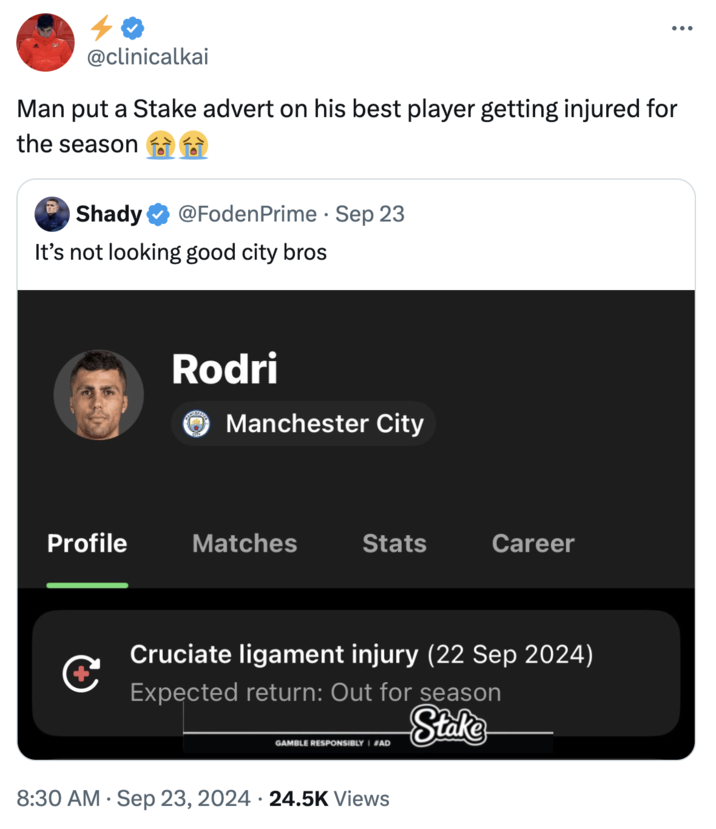
How Can You Implement Experiential Marketing in 2025?
Okay, so you might be convinced that perhaps you could benefit from implementing an experiential marketing campaign. Well, as a veteran growth marketing agency, we’ve curated the five steps you need to follow to create your own campaign in 2025:
1. Build Your ICP
We know what you’re thinking: how is this different from any other marketing strategy?
Well, the first step to marketing applies equally to experiential marketing. Without knowing what experiences your prospects like, you can’t create responsive campaigns in the first place!
So, we highly suggest that you create Ideal Customer Profiles, based on which you can select the tactics at a later stage.
The key to creating ICPs is to understand the product-market fit. Ask yourself: what pain point is your product most likely to solve, and who faces that problem the most?
The answer will give you your ICP.
2. Determine the Target Channels
Once you’ve zeroed in on your ICP, it’s time to find out where your target market hangs out.
We suggest you rely on data to pick your target channels. The ideal parameters include the time spent on specific platforms, the demographics of your ICP, and the regional distribution of your target audience.
In our experience, the best thing to do is diversify your channels, or better yet, go for an omnichannel approach to cover all the bases.
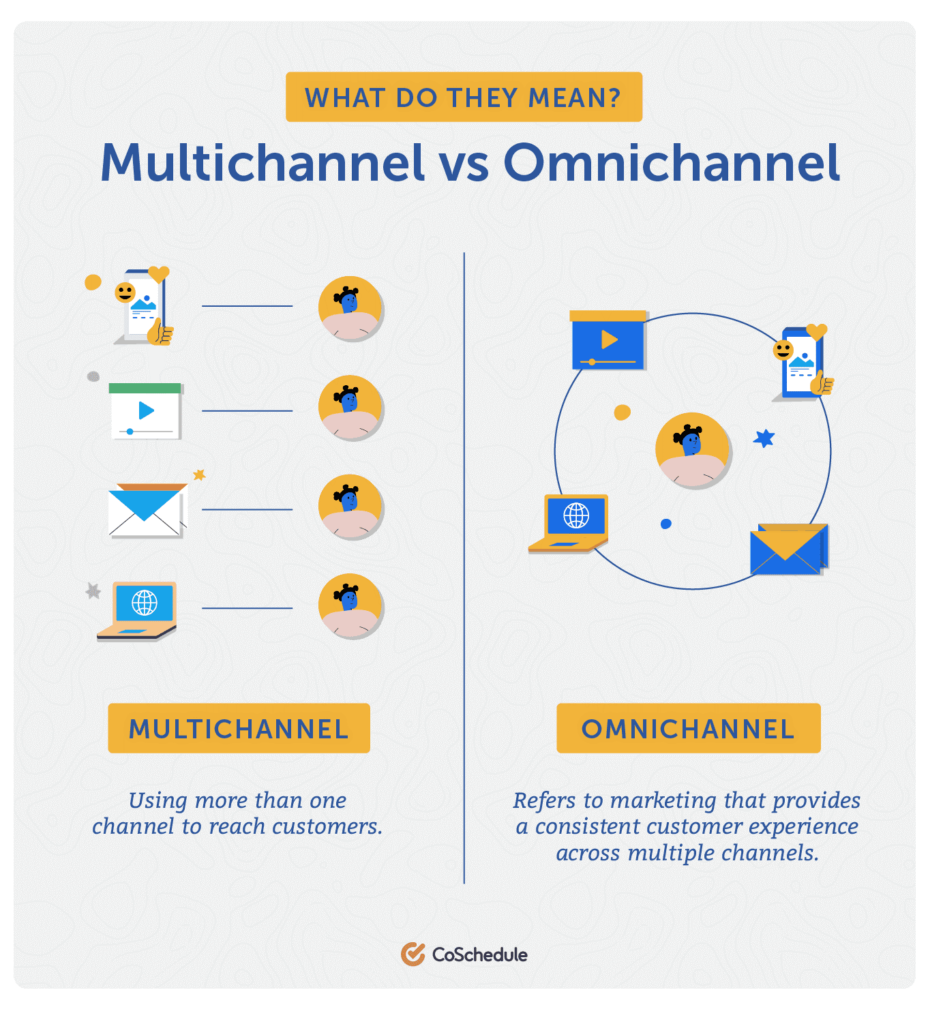
3. Select Your Experiential Marketing Tactics
Okay, so now you have the ICPs in one hand and the channels you want to target in the other. Next, it’s time to unite the two through the most-suited marketing tactics.
The best tactics act as the media through which you can best use your channel to reach the target audience.
For instance, if your ICP is Gen Z and the target channel is Instagram + TikTok, the best experiential marketing tactic might be influencer reels!
Similarly, if your ICP is B2B manufacturers and the target channel is LinkedIn, the best experiential marketing tactic should be video content and in-person events.
4. Approve a Marketing Budget
Step 4, we get down to brass tacks: how much will all this cost you? In our experience, approving a marketing budget is one of the most difficult tasks of marketing.
Before approving the budget, we recommend you ask the tough questions, such as:
- How does this marketing budget connect with previous campaigns?
- What are the tangible aims of this marketing budget?
- Is there a proper fit between the audience, the channel and the proposed tactics?
- What does success look like for the marketing budget?
Never approve a budget unless you have asked these questions and received satisfactory answers.
5. Set up Key Performance Indicators
The biggest drawback of experiential marketing is that you need to work without real-time data. Experiences may not translate into sales, and you might be left in the dark as to where your process is breaking down.
To solve this problem, we suggest you establish KPIs in advance. These will help you understand whether the process is working and how it can be improved.
While the KPIs will depend on your goals, tactics, and target audience, you can take a look at our blog on how to set up KPIs for a crash course on the same.
Brainstorm Your Own Experiential Marketing Strategy with Lean Summits
Selling in 2025 is a challenging proposition. Everyone has access to the best data, the best processes, and the best marketing channels.
So, the only way to stand out from the crowd is to provide the users with personalization, authenticity and memorable experiences!
However, another rat race is under way: marketing spending is up by 9.1%, whereas the consumer index is only up by 5%. That means, at least half of experiential marketers will not meet their goals.
The good news? We think we can help you create a winning experiential marketing success while staying under budget!
As a veteran growth marketing agency, we’ve helped a diverse range of enterprises achieve tremendous success through experiential marketing campaigns.
Through our approach based on sound data and sophisticated marketing tactics, we believe we can replicate our past success for your enterprise as well.
Connect with us for a commitment-free consultation to brainstorm your very own experiential marketing campaign, or explore our success stories to discover a solution that suits your needs!
Experiential Marketing: FAQs
1. What is Experiential Marketing?
Experiential marketing, also called grassroots marketing or XM, is a marketing approach that uses online and offline experiences to market products and services. Its goal is to put the customer front and center of the brand’s growth journey.
2. What are the benefits of Experiential Marketing?
Experiential marketing helps brands establish a strong emotional connection with their customers and potential customers. It also helps enterprises combine multiple objectives, such as awareness and education, through tactics like viral videos and influencer marketing.
3. How to Implement Experiential Marketing in 2025?
To implement your experiential marketing campaign in 2025:
- Build Your ICP
- Determine the Target Audience
- Select Your Experiential Marketing Tactics
- Approved the Marketing Budget
- Establish the Key Performance Indicators to measure performance
4. What are the best Experiential Marketing Tactics?
In our experience, the best Experiential Marketing tactics include:
- Video Content
- Customer Reviews + User-Generated Content
- Product Testing + Free Trials
- Popups + Guerilla Marketing + In-Person Events
5. Does Experiential Marketing work for B2B Companies?
Yes, experiential marketing can be very useful for B2B companies. For instance, B2B companies can use customer reviews, video content, and in-person events to:
- Engage 1:1 with customers
- Address buying objections
- Inspire trust and confidence in prospects


